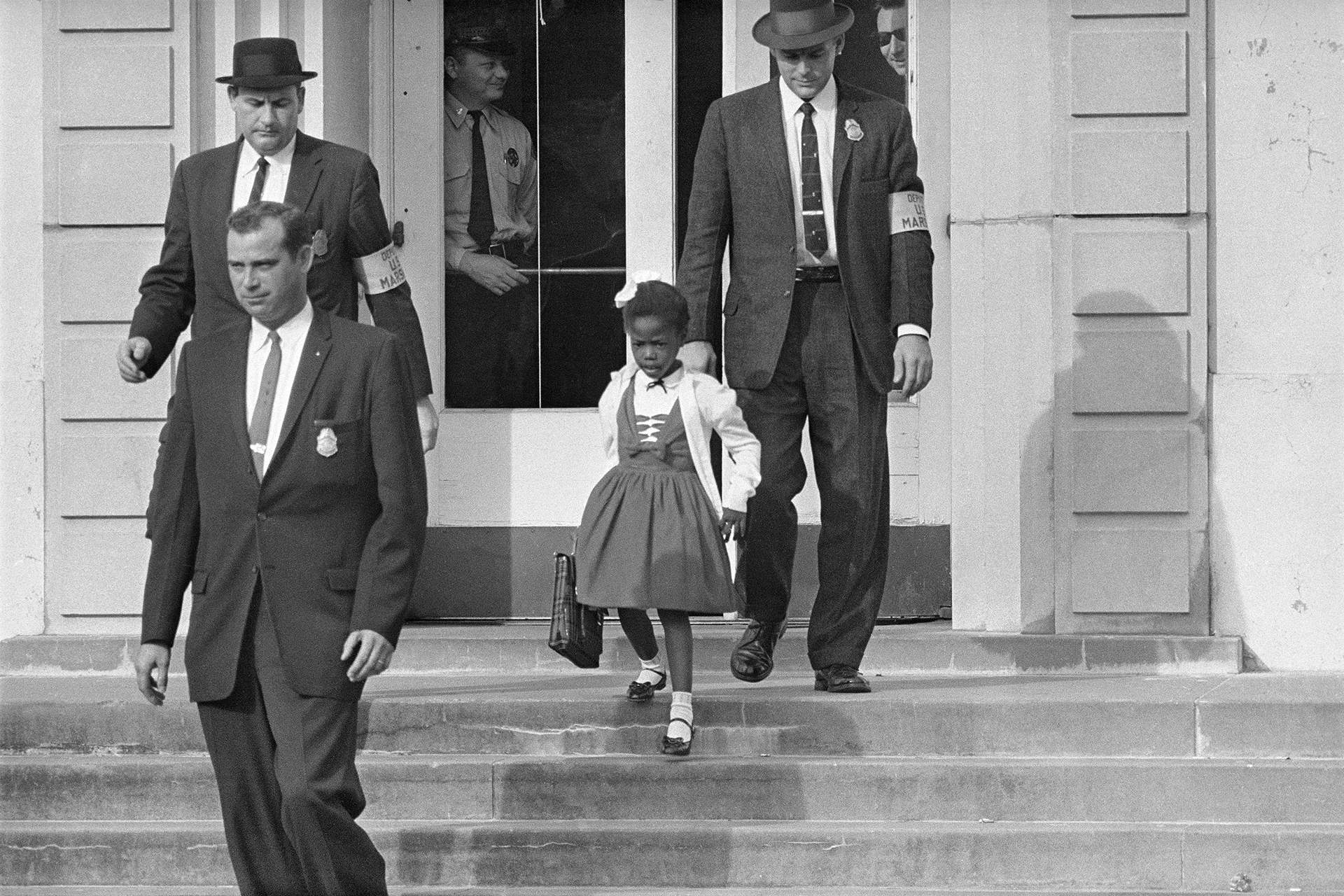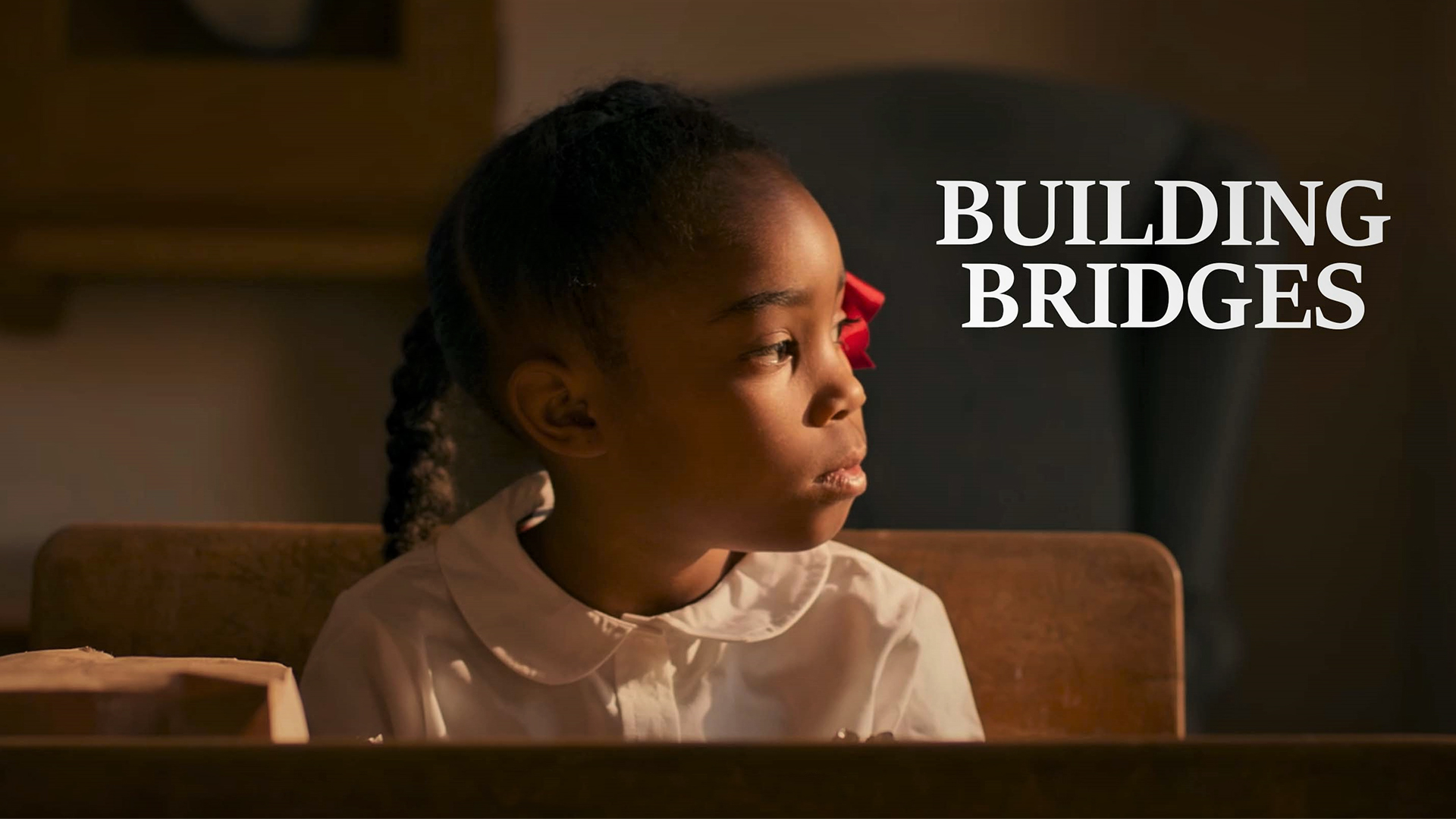Black History is full of stories of resilience and strength in the face of adversity. Many inspiring stories are about historical figures who overcame impossible odds to make tremendous contributions to their community and the world.
We’ve heard of Martin Luther King Jr., Harriet Tubman, and Rosa Parks, but at six years old, Ruby Bridges, one of the first African-American children to integrate into a public school in the South, also made history.
When Was Ruby Bridges Born?
1954 marks the major decision by the Supreme Court to end public school segregation in Brown v. Board of Education. The court ruled that segregated schools for African-American children were inherently unequal, making segregated public schools unconstitutional.
Ruby Bridges was also born in 1954 in Tylertown, Mississippi. She was the eldest of eight siblings and her family lived in poverty. At four years old, Ruby moved with her family to New Orleans, Louisiana for better job opportunities.
As a child, her days were filled with looking after her younger siblings; however, she still found time to do some of the things she enjoyed most – jumping rope, playing softball, and climbing trees.

In 1960, Ruby Nell Bridges was the first African American child to attend William Franz Elementary School in New Orleans at age 6.
What Did Ruby Bridges Do?
Southern states continued to resist the push for integration from the Supreme Court ruling. In 1959, Ruby attended a segregated kindergarten school. In the following year, the federal government applied immense pressure on the New Orleans school board to break down racial barriers. The board decided to administer an entrance exam at Bridges’ school which would allow Black students to integrate into all-white elementary schools.
Ruby was one of six students who passed the exam. However, two of the children decided to stay at their old school and three of the children were transferred to another school as a group, leaving Ruby to be the only African-American child to attend William Frantz Elementary School.
Ruby’s father was reluctant to allow his 6-year-old daughter to attend the all-white school alone. He worried for her safety and all-around well-being. Her mother, on the other hand, felt the opposite way. She wanted Ruby to attend the school not only for a better education but also to make a change for all African American children. With much hesitation, Ruby’s father eventually agreed.

FILE – U.S. Deputy Marshals escort 6-year-old Ruby Bridges from William Frantz Elementary School in New Orleans, in this November 1960, file photo. On Friday, Nov. 14, 2014, 54 years later to the day when she first walked up the steps to the school, Bridges is scheduled to commemorate the event with the unveiling of a statue in her likeness on the campus. (AP Photo/File)
How Did Ruby Bridges Change The World?
On Monday, November 14, 1960, Ruby was escorted to school by four federal marshals. The walk Ruby had to take that day, from the car to the school entrance, was a long one. Angry white crowds of people protested the integration and were grouped around the school. They were yelling and throwing things at Ruby and the four Marshalls urged her to keep her eyes focused on ahead of her as they walked to the entrance.
Ruby described the scene as an adult, “Driving up I could see the crowd, but living in New Orleans, I actually thought it was Mardi Gras. There was a large crowd of people outside of the school. They were throwing things and shouting, and that sort of goes on in New Orleans at Mardi Gras.”
Ruby and her mother spent the entire first day of school in the principal’s office away from the chaos at the school. White parents pulled their children from the school and only one white teacher, Mrs. Henry, agreed to teach Ruby in an empty classroom with no other students.
Every day Ruby was escorted to school by the Federal Marshalls, past angry mobs that shouted terrible things at her.
Former United States Deputy Marshall Charles Burks recounted the event, “She showed a lot of courage. She never cried. She didn’t whimper. She just marched along like a little soldier, and we’re all very proud of her.”
Ruby faced a multitude of threats that included the chilling sight of a Black baby doll in a coffin and a woman who threatened to poison her. As such, Ruby chose to eat solely the food she brought from her house out of caution.
Mrs. Henry taught Ruby alone for a year. Ruby ate alone at lunch and would sometimes play with Mrs. Henry at recess but other times she would play by herself. Over time, the angry mob subsided and in a year, the school had enrolled several more black students.
Ruby’s family suffered tremendously for their courage. Her father lost his job, the grocery store denied them entry, and her parents separated. However, the Bridges family also felt support in the community by white and black families alike.
Some white families continued to enroll their students into Franz despite the angry protests, a neighbor provided Ruby’s father with a job, and locals would follow the Federal Marshalls car on the daily trips to school.
Ruby went on to graduate from a desegregated high school and started her professional journey as a travel agent. She later became a stay-at-home mother and committed to building her family with her husband. Now with four sons, she continues to live in New Orleans to this day.

A Short Film Dramatizing Ruby’s First Day at William Franz Elementary School
Watch The Short Ruby Bridges Movie
Aptly named “Building Bridges”, the short film directed by Masai Matthews dramatizes the brave story of Ruby Bridges. The film, which is only thirteen minutes long, captures the fear and courage that Ruby felt during her journey to school. Jenesis Johnson is remarkably cast as Ruby, capturing her likeness as well as her inspiring resolve.
You Can Watch Building Bridges For Free on Reveel






